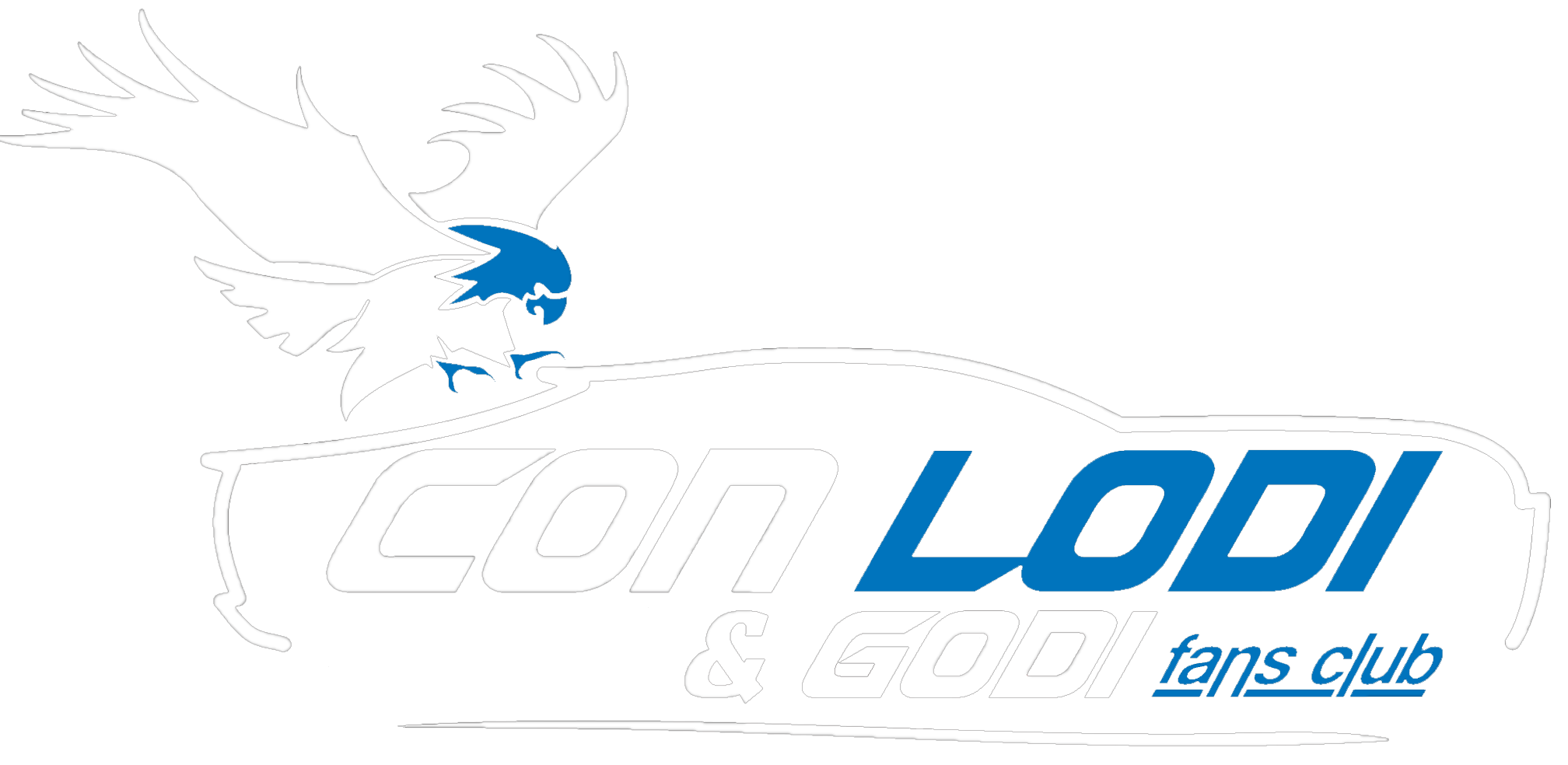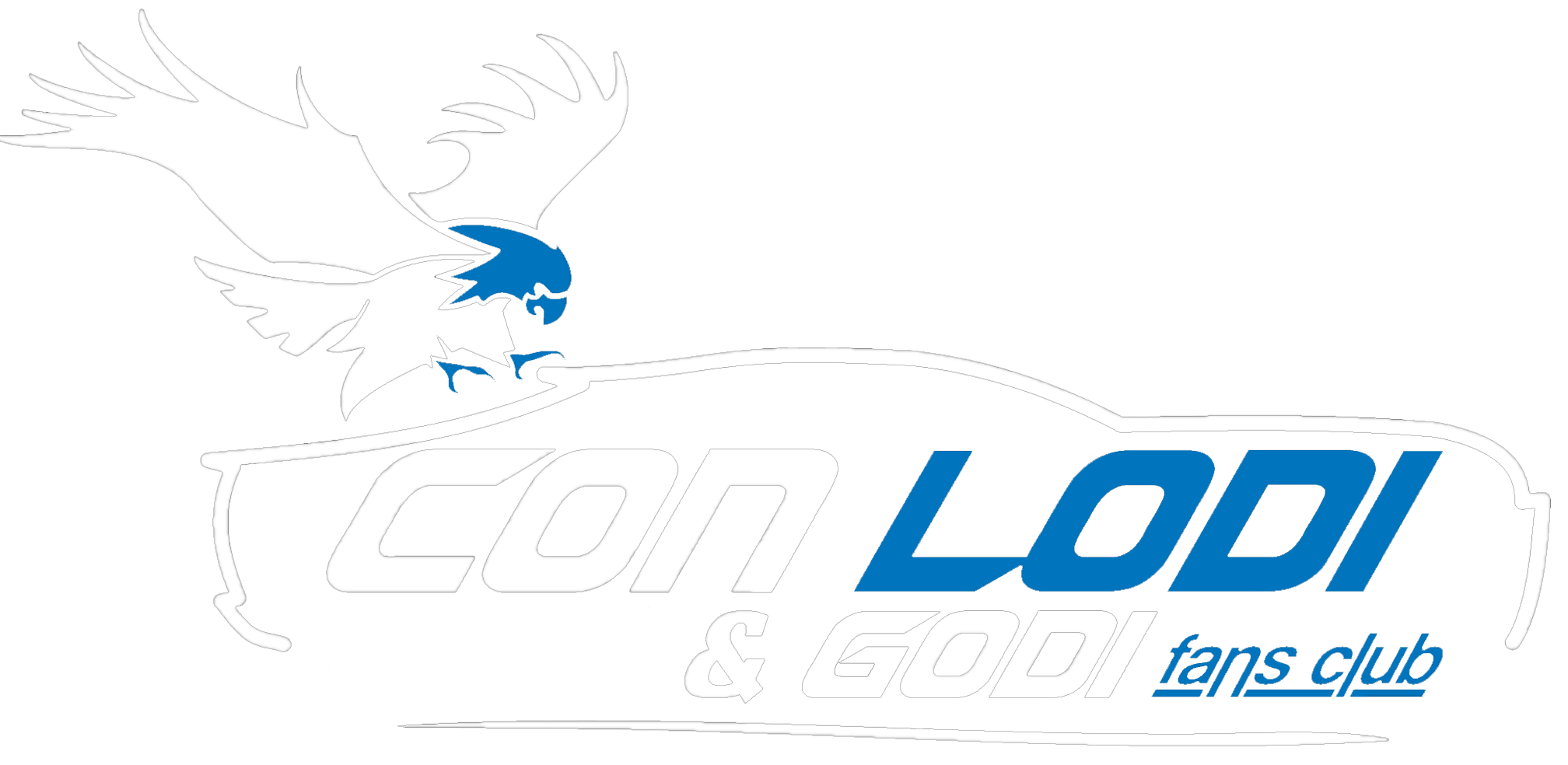This reduction is recorded at the time of the dividend declaration, not when the dividend is paid. It is a reflection of the company’s decision to return value to shareholders, which decreases the retained earnings and, consequently, the total shareholders’ equity. This decision is strategic, as it balances the need to reward shareholders with the necessity to fund ongoing operations and future investments. When the company actually late payment fee pays out the dividends, it affects the earnings account by decreasing it. The dividend payment is reflected in the statement of cash flows, as it is a form of cash outflow.
Dividend Payable Definition
This becomes easier to understand as you become familiar with the normal balance of an account. Retained earnings are the amount of money a company has left over after all of its obligations have been paid. Retained earnings are typically used for reinvesting in the company, paying dividends, or paying down debt. Once the previously declared cash dividends are distributed, the following entries are made on the date of payment. If the corporation’s board of directors declared a cash dividend of $0.50 per common share on the $10 par value, the dividend amounts to $50,000. The above entry eliminates the dividend payable liability and reduces the cash balance with the same amount.
Boards of directors declare dividends to owners who hold stock as of a specific date. Those who buy shares after the dividend payable date usually receive no dividend for a particular quarter, and have to wait for the next dividend distribution. When corporate accountants update ledgers, unpaid dividends are recorded as liabilities labeled dividends distributable. A business in the process of growing may need the cash to fund expansion, and might be better served by retaining the profits and using the internally generated cash rather than borrowing. The investors in the business understand that they might not receive dividends for a long period of time, but trade discount – definition and explanation will have invested in the hope that the value of their shares will rise in the future. Simply put, a dividend payable is the dividend approved by the shareholders in the annual general meeting.
- Dividends payable are a manifestation of a company’s profitability and its board of directors’ decision to distribute a portion of earnings to shareholders.
- A stimulus check on the other hand, is a direct payment to encourage spending and stimulate the economy by putting money directly into the consumers’ hand.
- President Donald Trump said he would consider the plan to pay out $5,000 stimulus checks to taxpayers in the form of a ‘DOGE dividend’ back in February.
- The reduction in retained earnings is also reflected here, indicating a decrease in shareholders’ equity.
- The dividend payout ratio, which measures the proportion of earnings distributed as dividends, provides insights into the company’s earnings retention and distribution strategy.
- McDonald’s makes most of its money from royalties and rent from franchisees — not from selling food and drinks.
- Maria Francis is a Pennsylvania-based journalist with the Mid-Atlantic Connect Team.
How Can I Tell If My Dividends Are Qualified?
- In Traditional IRAs and 401(k)s, dividends accumulate tax-deferred until withdrawal, potentially allowing for decades of compounding without annual tax drag.
- Dividend declared becomes dividend payable once it is approved by the board of directors in the annual general meeting of the company.
- Accurate timing and recording of these entries are essential to ensure that financial statements reflect the company’s financial position and cash flows correctly.
- When a company issues cash dividends, it is distributing a portion of its profits in the form of cash to its shareholders.
- On the dividend payment date, the cash is paid out to shareholders to settle the liability to them, and the dividends payable account balance returns to zero.
- After the dividend is declared, it becomes the property of the record-date shareholder and is considered separate from the stock.
- Some growth-oriented funds focus on companies that reinvest profits rather than distribute them as dividends, which can benefit investors in higher tax brackets.
Whether you’re a seasoned investor or just beginning to build your portfolio, mastering these concepts will help you make more tax-efficient investment decisions. The board just approved the quarterly dividends, so we need to update our balance sheet to reflect the dividends payable. At the same time as the dividend is declared, the business will have decided on the date the dividend will be paid, the dividend payment date.
For example, Walmart Inc. (WMT) and Unilever (UL) make regular quarterly dividend payments. Thus, though a dividend liability can adversely skew a company’s liquidity ratios, it does not imply a long-term problem with a company’s financial situation. Nonetheless, the board of directors should be aware of the negative impact of a large dividend payable on a company’s current ratio, which could drop enough to breach a loan covenant. A dividend is the distribution of a company’s earnings to its shareholders and is determined by the company’s board of directors. Property dividends are distributions of assets other than cash or stock to shareholders. These can include physical assets, such as real estate or equipment, or financial assets like securities from another company.
Dividends Payable Definition + Journal Entry Examples
One of the most effective ways to minimize dividend taxation is to hold dividend-paying investments in tax-advantaged accounts like Traditional IRAs, Roth IRAs, 401(k)s or Health Savings Accounts (HSAs). In Traditional IRAs and 401(k)s, dividends accumulate tax-deferred until withdrawal, potentially allowing for decades of compounding without annual tax drag. The predictability of McDonald’s business model has allowed the company to pay a growing dividend for 48 consecutive years and consistently repurchase a ton of shares.
Summary about Dividends on a Balance Sheet
Dividend payable is that portion of accumulated profits declared to be paid as dividends by the company’s board of directors. Until such a dividend is declared and paid to the concerned shareholder, the amount is recorded as a dividend payable in the current liability on the company’s balance sheet. If a company pays stock dividends, the dividends reduce the company’s retained earnings and increase the common stock account. Stock dividends do not result in asset changes to the balance sheet but rather affect only the equity side by reallocating part of the retained earnings to the common stock account. Dividend payments also influence key financial ratios, such as the dividend payout ratio and the return on equity (ROE). The dividend payout ratio, which measures the proportion of earnings distributed as dividends, provides insights into the company’s earnings retention and distribution strategy.
Definition of Dividends Payable
The declaration and distribution of dividends have a consequential effect on a company’s financial statements. The balance sheet, income statement, and statement of cash flows all exhibit the impact of these transactions in different ways. The balance sheet will show a reduction in cash or an increase in common stock and additional paid-in capital, depending on whether cash or stock dividends are issued. The reduction in retained earnings is also reflected here, indicating a decrease in shareholders’ equity. This type of dividends increases the number of shares outstanding by giving new shares to shareholders. Since the cash dividends were distributed, the corporation must debit the dividends payable account by $50,000, with the corresponding entry consisting of the $50,000 credit to the cash account.
A high-margin cash cow that’s worth a premium price
In many countries, qualified dividends are taxed at a lower rate compared to ordinary income, providing a tax advantage to investors. For instance, in the United States, qualified dividends are taxed at long-term capital gains rates, which are generally lower than ordinary income tax rates. This preferential treatment aims to encourage investment in dividend-paying stocks. However, not all dividends qualify for this lower rate, and investors must meet specific holding period requirements to benefit from the reduced tax rate.
Impact of Dividend Payments on Financials
Companies structured as master limited partnerships (MLPs) and real estate investment trusts (REITs) require specified distributions to shareholders. Funds may also issue regular dividend payments as stated in their investment objectives. To calculate a company’s accrued dividend, you’ll need to know the number of shares outstanding and the amount of the dividend per share.
However, at the end of the accounting year, the balance in the Dividends account will be closed by transferring its balance to the Retained Earnings account. When paid, the stock dividend amount reduces retained earnings and increases the common stock account. Stock dividends do not change the asset side of the balance sheet—only reallocates retained earnings to common stock. After the company pays the dividend to shareholders, the dividends payable account is reversed and debited for $500,000. The cash and cash equivalent account is also reduced for the same amount through a credit entry of $500,000. When the dividends are paid, the effect on the balance sheet is a decrease in the company’s retained earnings and its cash balance.
For the past 52 years, Harold Averkamp (CPA, MBA) has worked as an accounting supervisor, manager, consultant, university instructor, and innovator in teaching accounting online. Get stock recommendations, portfolio guidance, and more from The Motley Fool’s premium services. Sherwin-Williams may appeal to investors looking for more exposure to broader economic growth, whereas McDonald’s and Clorox are more consumer-facing. Liker Sherwin-Williams, McDonald’s has an excellent business model that makes it stand out from the competition. McDonald’s makes most of its money from royalties and rent from franchisees — not from selling general instructions for forms w food and drinks.

